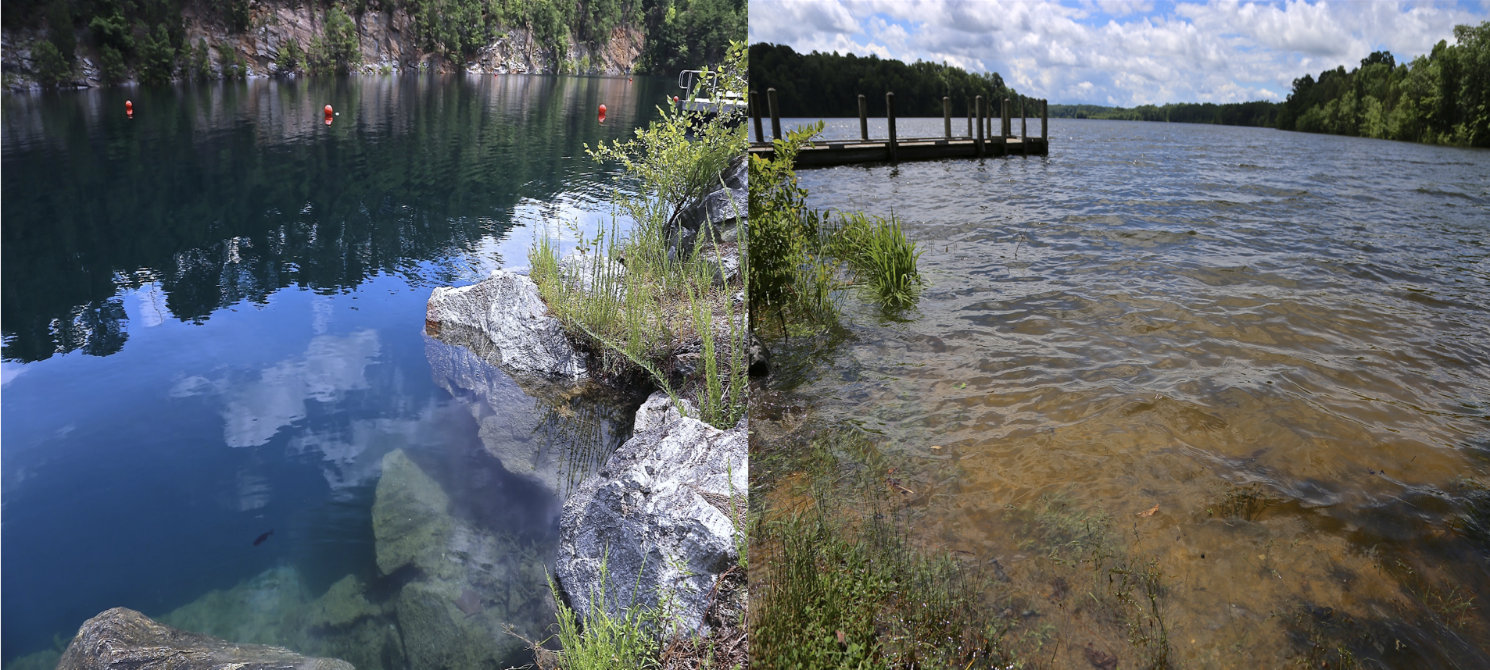Research conducted by Dr. Dina Leech, in collaboration with Drs. Amina Pollard (EPA), Stephanie Hampton (Washington State University), and Stephanie Labou (Washington State University), reveals that many lakes in the continental United States are becoming murkier, with potentially negative consequences for water quality and aquatic life. The findings are published in Limnology and Oceanography.
In the 5 years between 2007 and 2012, the dominant lake type in the continental U.S. shifted from clear, blue lakes to greenish-brown, murky lakes. The reason for this shift is unknown but land cover and land use patterns within a watershed, as well as changes in climate, may be important factors.
“Blue lakes typically are those that do not show evidence of nutrient pollution or elevated organic matter while murky lakes have high levels of both,” said lead author Dr. Dina Leech, of Longwood University in Farmville, Virginia. “A shift toward murkiness is a management concern because murky lakes tend to have more algae, including potentially harmful cyanobacteria. And with poor food quality at the base of the food web, over time murky lakes may not be able to support a healthy fishery.”


